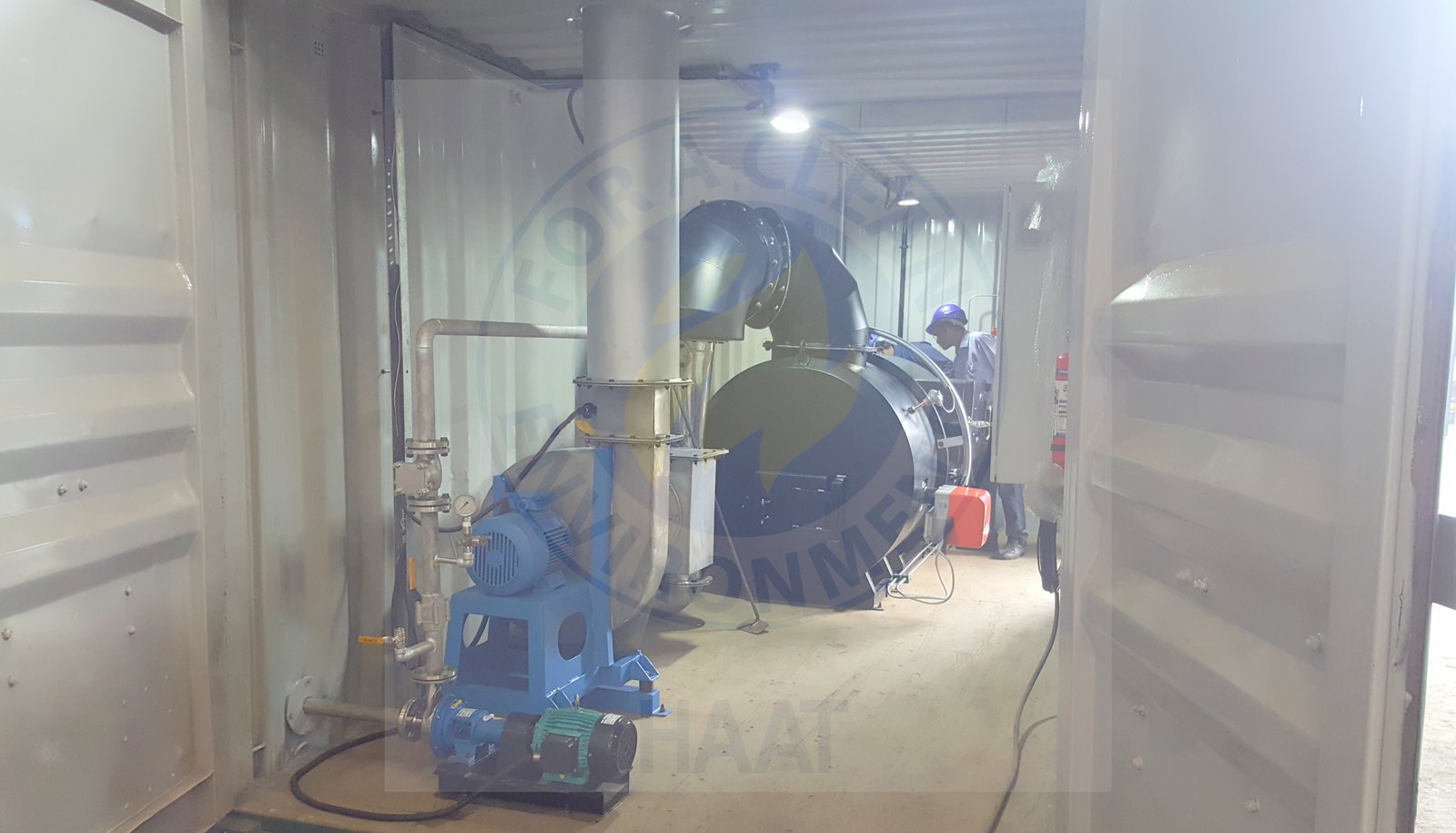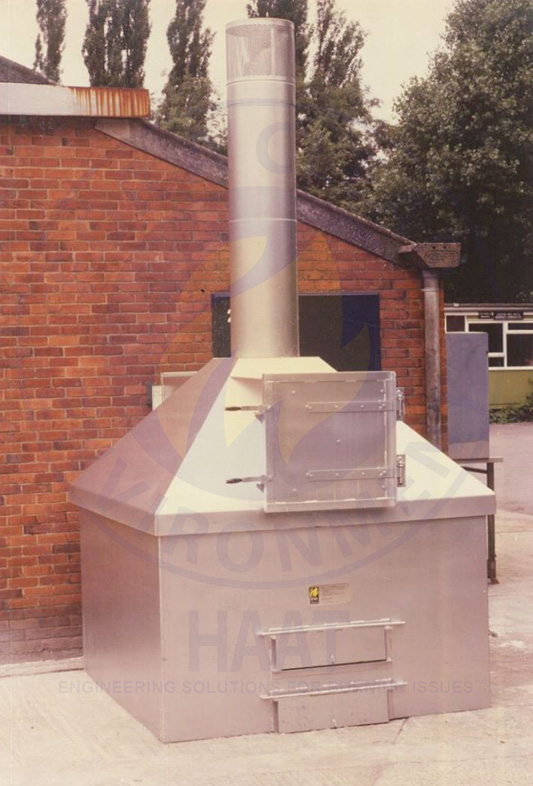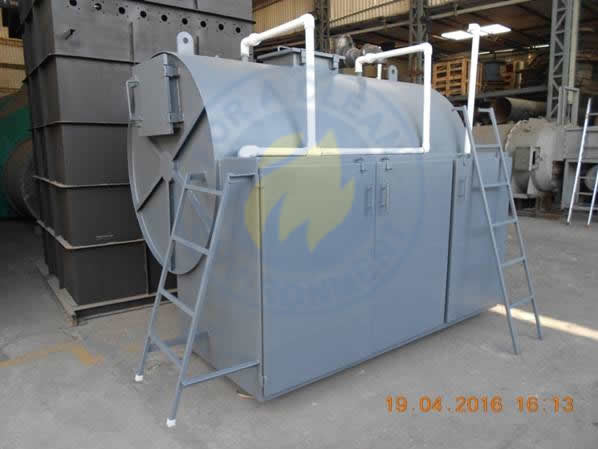Some railway networks like the Indian Railways (one of the largest in the world) crisscross the entire country and have to work in some very diffic...
Some railway networks like the Indian Railways (one of the largest in the world) crisscross the entire country and have to work in some very difficult conditions. Efforts to keep the tracks and railway line surroundings free from garbage will ensure no incidents with either animals or humans. Railway workshops also generate hazardous wastes such as oil soaked cotton, oily sludge, etc.
SOLID WASTE MANAGEMENT IN INDIAN RAILWAYS
The Indian Railways is the third largest in the world in terms of route kilometres, with a network of 61,680 kilometers. It runs apprx. 21, 000 passenger and freight trains daily, catering to more than 8 billion passengers and 1 billion tons of cargo.
While the above information pertains to short and long distance trains, the Indian Railways also runs local and suburban train services, not to mention the Metros run by independent rail establishments in major cities.
It has 7,349 railway stations in its network.
It has many locomotive engine (diesel engine and electric) and carriage and wagon manufacturing establishments and hundreds of loco sheds and carriage units for repair and maintenance. In addition, Indian Railways run its own hospitals in major cities in the country.
The Railways also has a large set of residential accommodation for its employees at different locations across its network.
Together, the traction and non-traction operations not only consume a considerable amount of resources, these also generate significant amount of waste. The waste ranges from simple food waste to municipal solid waste and waste water, bio medical and hazardous wastes.
Considering the enormity of the work, the Indian Railways has taken many initiatives to improve its waste management practices. This takes into account, solid waste, sanitary waste and waste water on board moving trains and at railway stations. It is a major user of water for cleaning stations and produces a huge quantity of sewage from moving trains.
The Railways handles about 23 million passengers daily, resulting in a huge quantity of solid waste generation, which is likely to double by the year 2020. The solid waste generated at major railway stations across the country is nearly 670 tons per day or 2.45 million tons per year. Out of this, about 114 tons per day is food waste, which can be locally processed at major stations for composting. About 340 tons per day is recyclable waste including plastics, metal, glass, paper and board. The main contribution for the recyclable waste comes from plastic which originates from packaging of food, water and beverages.
The trains do not have appropriate onboard facilities for disposal of solid waste generated by passengers. Many of the trains do not even have dust bins. Those provided at railway stations are not having polybags and are not cleared when full,
The waste management process, therefore, should consider for decision making from among different strategies for managing solid waste. These are:
- Preventing and minimizing waste at sources
- Provision of water ATMs to prevent generation of PET bottles
- Energy recovery and composting
- Correct disposal of biomedical and hazardous wastes generated at the hospitals, workshops and factories, either thru common facilities, if nearby, or by setting up own incineration facilities.
Energy recovery is possible for stations with large waste accumulation because generation of biogas is economically feasible with 1 TPD waste.
All residential establishments such as railway quarters also come under waste generators and they have to do segregation and storage of bio degradable and non-bio-degradable wastes. These have to be disposed of by setting up individual composting systems nearby stations.
The other significant waste generated on hoard trains is human waste. Traditionally the Indian Railways has discharged this waste by an open discharge system. About 4000 tons of human waste per day is dumped thru this open discharge methods. These wastes get discharged directly on to the rail tracks and these remain the primary cause of corrosion of the tracks. This has been a challenging task for the Railways, who have now developed bio-toilets and these are being adopted increasingly. All new trains are now being fitted with the bio toilets. These toilets convert the waste into methane and odourless liquid using bacterial cultures. The fecal flow from the trains is usually directed to the open drains near the tracks in major stations using water jets.
Controlled discharge type toilets, which release fecal flow once the train reaches a predetermined speed (40 km/h), are used on modern coaches. This helps to keep the stations and train yards free of toilet discharge.
Other types of toilets that are being piloted by the railways include vacuum toilets, which can increase water-use efficiency on board trains.
While summarizing, it is to be noted that the Indian Railways have an unenviable and monumental task of management of different types of wastes and it is working hard to set up and operate environment friendly systems over a period of time.
“Haat has successfully installed and commissioned an incinerator for the Ministry of Interior.” – Mohammed Al-Mazrou, President, Saudi Bell Group.







